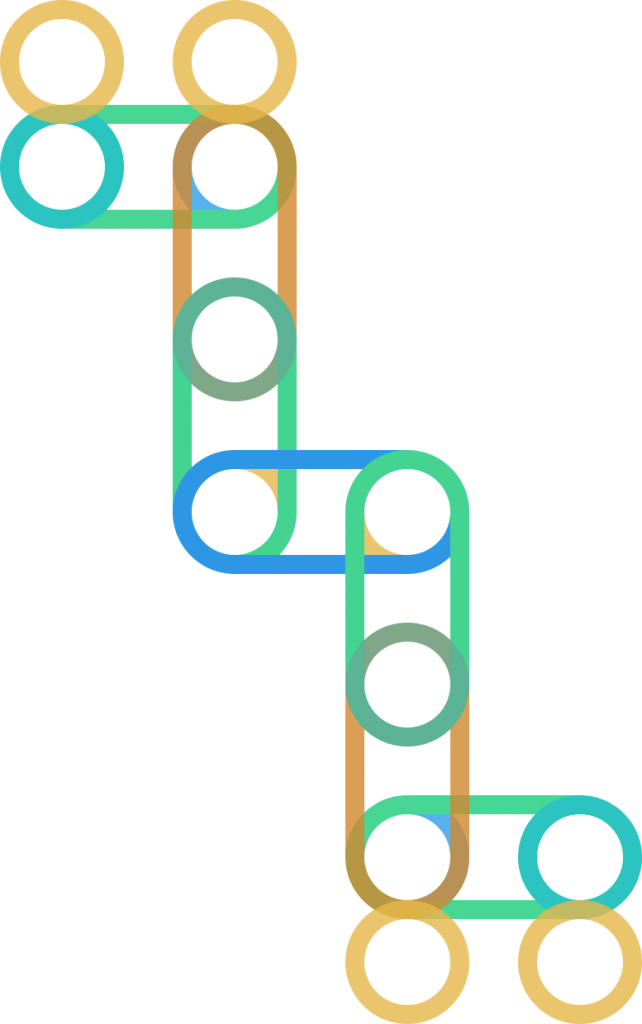
Ahead of the final meeting for a Global Plastics Treaty, PETCORE Europe Chairman Antonello Ciotti outlines the three essential pillars needed for global plastic regulation: design guidelines, collection schemes, and industry transformation.

As the world grapples with plastic waste management, the need for unified global standards in design for recycling has become increasingly critical. In a revealing conversation on the adaPETation® podcast, Antonello Ciotti, Chairman of PETCORE Europe, shares insights into how standardized design guidelines could revolutionize the circular economy for plastics.
The power of design standards
Europe’s experience demonstrates the transformative impact of well-designed regulations. “We have to start Nelson from two data,” Ciotti explains. “The first one is that PET is by far the largest polymer to be collected… Europe has an average collection rate of roughly 72%.” This success isn’t accidental – it’s the result of careful attention to design standards and regulatory frameworks.
From theory to practice: Implementing design guidelines
The implementation of design standards is already showing results in Europe. Ciotti points to a tangible example: “The first point which is visible to all the foreigners that are coming into Europe, that now in Europe all the cups are tethered cups.” This simple design change ensures that bottle caps remain attached, significantly reducing environmental impact and improving recyclability.
Measuring success through new metrics
Success in the circular economy requires new ways of measuring progress. As Ciotti notes, “Indicator of success is the collection rate that you have in a single country. Because on collection rate, it gives an idea on how a country is organized and how the consumers are willing to cooperate.”
Key performance indicators include:
- Collection rates by country
- Upcycling effectiveness
- Consumer participation levels
- Industry adaptation rates
Economic implications of design standards
The transition to standardized design for recycling has significant economic implications. “We need to protect the local collection schemes,” Ciotti emphasizes, highlighting the balance needed between global standards and local economic realities. “We need to protect the local recycling streams.”
Cross-industry collaboration
PETCORE Europe’s approach demonstrates the importance of industry-wide cooperation. Ciotti explains their unique position: “We have the beauty of having all the value chain of the P.E.T. to be represented.” This collaboration enables a comprehensive approach to design standards, incorporating perspectives from:
- Virgin material producers
- Recyclers
- Equipment manufacturers
- Brand owners
- Waste management companies
Future-proofing design standards
Looking ahead, design standards must evolve to accommodate new technologies and materials. “We are in the middle of a transformation,” Ciotti observes, “and I think that the best are still to come in the sense of new technologies.” This includes considerations for:
- Advanced recycling technologies
- New material developments
- Changing consumer behaviors
- Emerging market needs
The Role of Regulation in Design Standards
Effective design standards require regulatory support. As Ciotti explains, “Without a strong indication coming from the institution, the local institutions, nothing will happen.” This highlights the critical role of policy in driving design innovation and implementation.
Global harmonization challenges
Creating globally accepted design standards presents unique challenges. “Global design guidelines should be very simple, not very complex,” Ciotti emphasizes, “because then you end up in making something the industry cannot understand.” This balance between effectiveness and simplicity is crucial for global adoption.
Moving forward: A framework for action
The path to global design standards requires:
- Simple, universally applicable guidelines
- Flexibility for local market conditions
- Clear performance metrics
- Strong institutional support
- Industry-wide commitment
The road ahead
As the industry moves toward global standardization, the focus must remain on practicality and effectiveness. Ciotti’s vision emphasizes the need for “a holistic approach, but as I said in the beginning, the institution has to give a clear indication on how to proceed.”
To hear more about his insights and ideas about unifying global standards for PET, check out the full conversation on the adaPETation® Podcast.
LOOKING FOR MORE INSPIRATION?
To hear more about Antonello Ciotti’s insights and solutions for better regulations, check out the full conversation on the adaPETation® Podcast. Your support can usher in a new era where plastic, once the problem, becomes an integral part of the solution.
Share it
Useful Links
THE HISTORY OF PLASTIC
Throughout the history of plastic, PET has been crucial in keeping food fresh with lightweight and durable packaging solutions that have helped reduce food waste for almost a century. Learn all about the invention of plastic and the important role it has played feeding people and saving the lives of humans and elephants in the adaPETation® timeline of the history of plastic.





